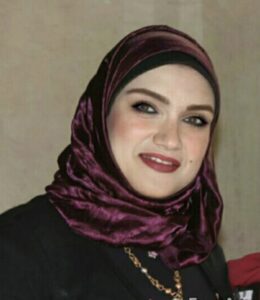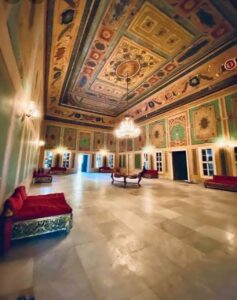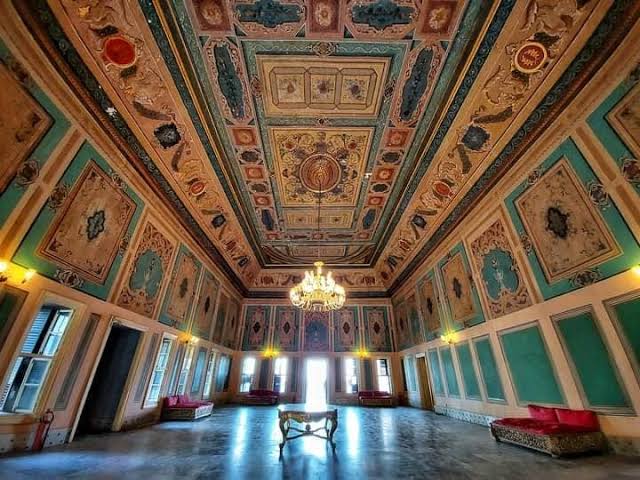In 1851, Macedonian Hasan Fouad el-Manasterly pasha built a palace for himself in the Manial district of Cairo on Roda Island in the Nile.
El-Manasterly was a high-ranking official who served as katkhuda (prime minister) between 1850 and 1854 during the reign of Abbas Helmi I, a Cairo Governor (1854-1855) and Minister of Interior (1857-1858).
His palace is located in the south western part of Roda Island.
That area is much older than the palace as it dates back to the Abbasid period (1261-1517), says Marwa Rabie, General Manager of Manial Antiquities.

“The palace is near the landmark Nilometer, which was built in 861 during the reign of Caliph Al-Mutawakkil Ala Allah Al-Abbasi,” Rabie told the Egyptian Mail, the weekly edition of The Gazette.
“During the Fatimid period, Roda Island served as a park for the well-to-do, whereas in the Ayyubid dynasty Al-Malik As-Salih Najm al-Din Ayyub built a castle in the place where the Bahri Mamluks settled. The Manasterly Palace was built on the ruins of that citadel,” Rabie added.
The palace covers an area of 1000 metres square. The one-storey structure consists of a rectangular hall topped by a wooden roof decorated in rococo and baroque floral designs.

The western suite of the hall includes of what is now known as the music hall, two bedrooms and a bathroom.
The eastern suite is a big hall with parquet flooring. The southwest side of the palace is surrounded by a wooden terrace overlooking the Nile.
Rabie said that the palace, which was registered as a monument in 1989, witnessed important events in the Egyptian history.
“In the 1940s for example, the palace was a venue for meetings led by King Farouk and leaders of other Arab countries to discuss establishing the Arab League,” she said.
In recent years, the palace has been used to stage exhibitions and concerts in the music hall, thanks to a cooperation protocol between ministries of antiquities and culture.
Rabie said the music hall was designed for concerts purpose because part of its ceiling consists of small domes which make the sounds much louder than a microphone.
Since 2001, a 250-metre pavilion on the grounds of the palace has been used as a museum dedicated to the internationally famous Egyptian singer Umm Kulthum, whose career ran from the 1930s to the 1970s.
Umm Kulthum is known in Arabic as Kawkab al-Sharq (Star of the Orient). More than three decades after her death in 1975, she is still widely regarded as the greatest female singer in all history of Arab music.
The museum showcases a range of Umm Kulthum’s personal possessions, such as her dresses, accessories, shoes, handbags, scarves, handwritten notes, trademark sunglasses, photographs, recordings, awards and other archival material.






Discussion about this post